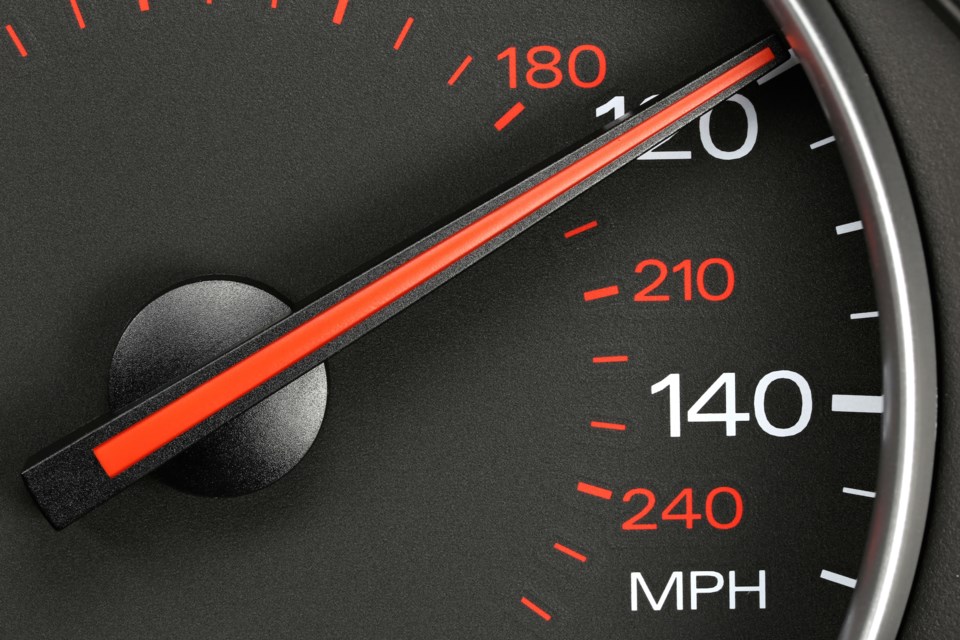From speed reductions to road narrowing to automated enforcement, Newmarket council discussed different ways to address their “number one” complaint of speeding in town Nov. 29.
Council made no decisions during a scheduled workshop but suggested several options for staff to consider to address speeding. Staff presented the latest traffic calming measures and what could be added in the near and long-term.
Deputy Mayor Tom Vegh said the town needs to do more to note high-end speeders in data not caught in average street speeds.
“It’s the number one complaint received by York Regional Police, speeding on residential streets. It’s the number one complaint received by the town,” Vegh said. “I do think, on some specific streets, we may have to go more aggressive."
Staff showcased data on the topic. The most effective tools include solar speed boards, which reduce traffic by 5.5 kilometres per hour on average, bollards which create a 4.4 km/h reduction, and road narrowing through bike lanes and other methods, which can create a 2.6 km/h reduction.
Upcoming methods include a sensor program to better track traffic patterns, more speed boards, a speed reduction pilot on Lorne Avenue from 40 to 30 km/h and an updated communication plan.
However, councillors expressed a desire to see more things happen and made suggestions on different options.
On speed reductions, manager of transportation services Mark Kryzanowski said they are considering them on streets with bike lanes or narrow ones like Timothy Street and Botsford Street.
“It does make a lot of sense. I just think we have to kind of move slowly with that one, within the next year, or two, or three,” he said.
Collisions went down in 2019 to an eight-year low on Newmarket Roads at 166. It also declined in 2020, though the pandemic had an impact. However, Kryzanowski noted only one collision in 2019 was found to be due to speeding. More often, crashes happen from failing to yield to the right of way or improper turns.
Mayor John Taylor said he believes in the future of automated speed enforcement — cameras catching and ticketing speeders — which York Region is piloting in limited areas. He said there is a problem now in those tickets getting processed in a clogged court system, but municipalities are lobbying to automate that processing.
“As soon as you can make that change, I think you’ll see that happen quickly,” Taylor said. “It will really change the face of speeding.”
Multiple councillors suggested doing more line painting to narrow roads as a short-term option. Councillor Grace Simon said that has made significant difference on Stonehaven Avenue.
Councillors also said speed bumps are a recurring idea from residents. But, Kryzanowski said the town is limited in where it can place them, with hills, curves and intersections preventing them.
“People think speed bumps are the answer, but a lot of our newer subdivisions with narrow frontages will find it difficult to place speed bumps,” he said. “There’s just no room.”
Councillor Kelly Broome said the town should work with York Regional Police on how the new online community portal might be best used on the issue.
“I hope this council can work cohesively to make a decision to try something new, try to pilot something substantial,” she said.
Taylor said the town has already done a lot to address the problem in the past 10 years, and the data on declining collisions is positive.
But he said the town would keep working on new solutions until technological advancements take hold.
“The public is asking us to continue to focus on that area. These are the streets they live on, and the children play on, and they want to feel as safe as they possibly can,” Taylor said.




